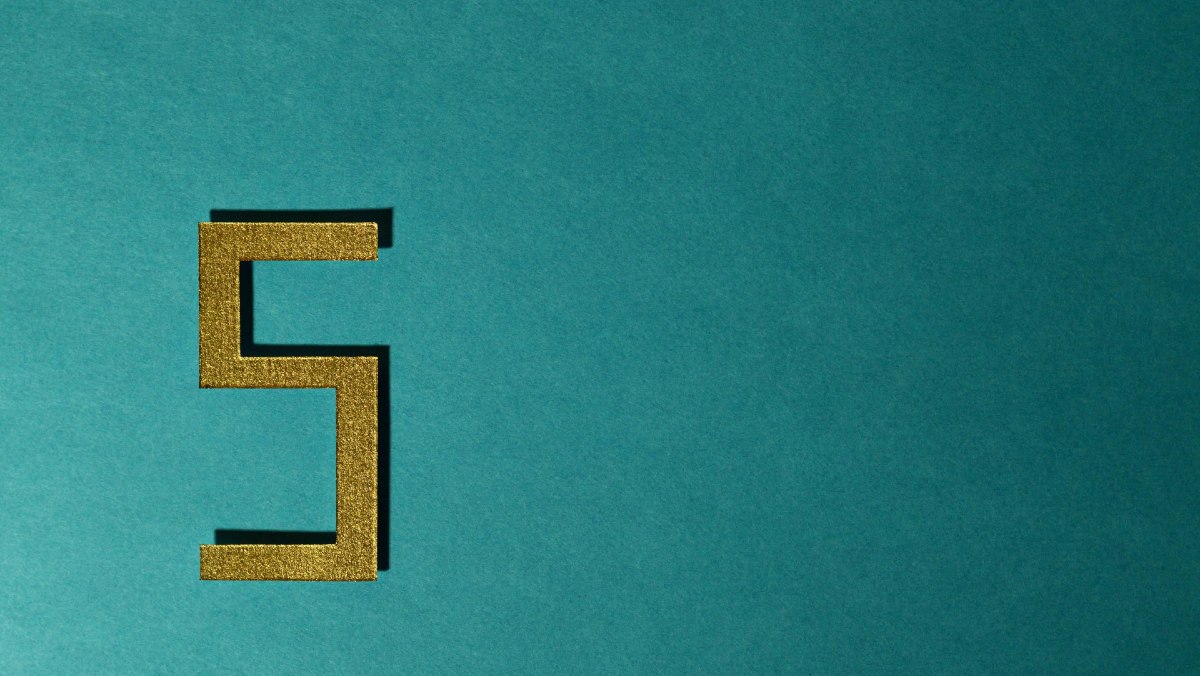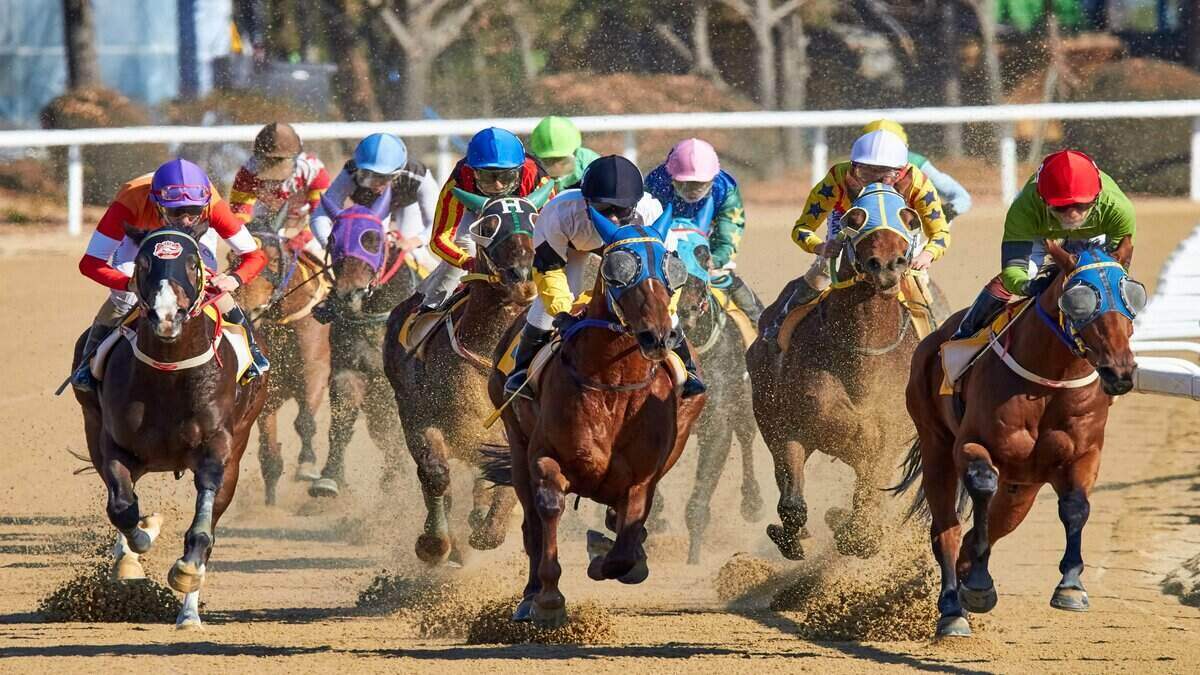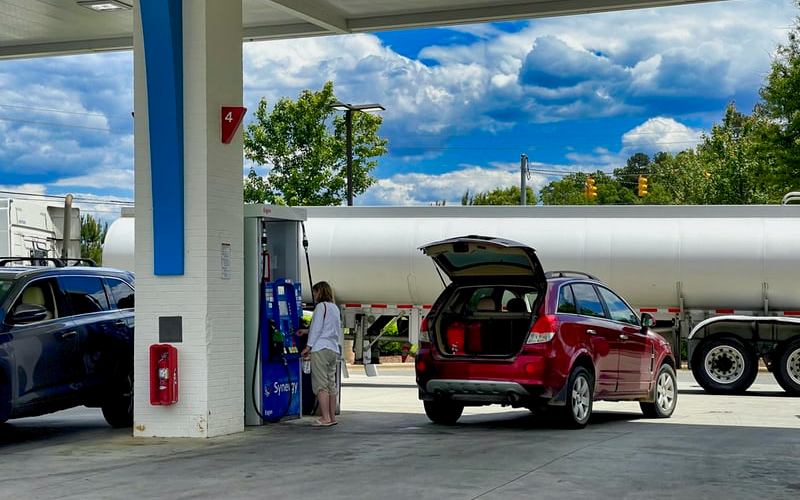Underlying inflation, which excludes short-term seasonal impacts, was 5.9%, compared to 6.6% in March.
Over the quarter, prices rose a further 0.8%, the softest quarterly growth since September 2021.
Headline inflation was slightly softer than expected, with economists at Australia's four largest banks anticipating figures slightly above 6%.
Rent (up 2.5%), International travel (up 6.2%) and other financial services (2.5%) were the areas that experienced the biggest quarterly increase in prices.
Michelle Marquardt, ABS head of prices statistics, said the large jump in international travel costs could at least partly be explained by seasonal factors.
"Higher demand for international travel, particularly to Europe with the start of the European summer peak season, led to price increases," Ms Marquardt said.
The monthly indicator was also released on Wednesday, with prices rising 5.4% in the 12 months to June after a 5.6% increase to May.
While inflation remains well above target levels, some economists are encouraged that we are well past the peak, and inflationary pressure will continue to moderate through the rest of the year.
The RBA forecast is for the annualised rate to be in the 4% range by the end of the year.
High cost of services proving difficult to shift
The price of goods has been steadily easing since peaking in September 2022, rising 9.6% from September '21.
Goods inflation rose 5.8% in the June quarter, with price rises for food, furniture, appliances and clothes all slowing.
Fuel is actually 3.6% cheaper than this time last year.
However, the cost of services continues to rise, with prices rising 6.8% in June, the highest since 2001.
Rent, restaurant meals, holiday travel and insurance are all among the services that keep getting more expensive.
NAB Head of Market Economics Tapas Strickland was one who was warning June CPI data would demonstrate service price inflation is proving stickier than anticipated.
While NAB expected overall inflation to fall in line with the RBA's statement on monetary policy forecasts, he predicted inflated cost of services would continue to present an upside risk for the cash rate.
"We expect the details around services to be less favourable [than headline inflation], flagging the risk of a slower return of inflation to target than in the May Statement of Monetary Policy profile,” Mr Strickland said.
The outlook for August
Yesterday, market expectations were there was a 43% chance the RBA would rise the cash rate again in June.
A week ago, this was just 25%, but went up after the ABS revealed there was no substantial change to unemployment in June, still strong at 3.5% with an extra 33,000 jobs added.
Today's inflation figures suggests rate hikes are working to curb discretionary spending, but some still feel the economy is too hot, and further tightening of monetary policy will be needed in the coming weeks.
Commbank Economist Stephen Wu was expecting annual quarterly inflation to be 6.1%, with a 0.9% quarterly increase, and said that would support CBA's prediction August will see one final 25 basis point increase to the cash rate.
Mr Strickland though still believes multiple hikes remain necessary with service inflation still high.
"Combined with our expectations of a high CPI print the following quarter as pass through to final prices from the national award and minimum wage and higher electricity take effect, the RBA will likely need to hike rates another two times,” he said.
Picture by Sean Robertson on Unsplash



 Denise Raward
Denise Raward


 Hanan Dervisevic
Hanan Dervisevic
 Brooke Cooper
Brooke Cooper

